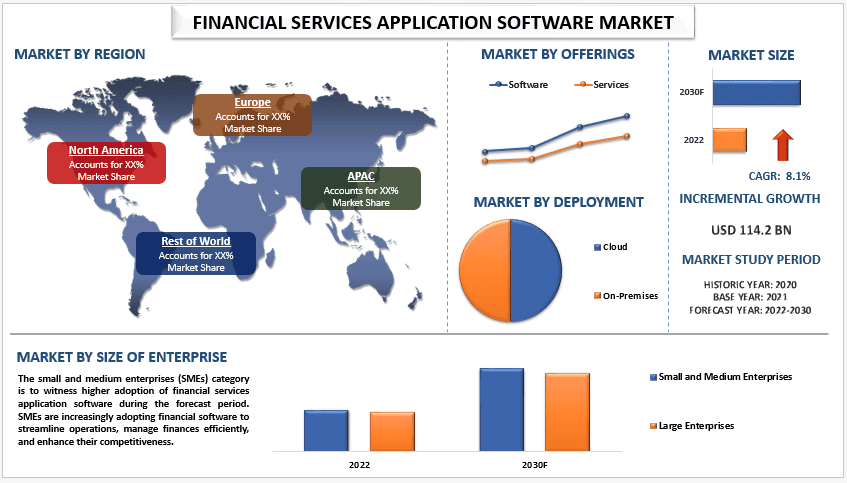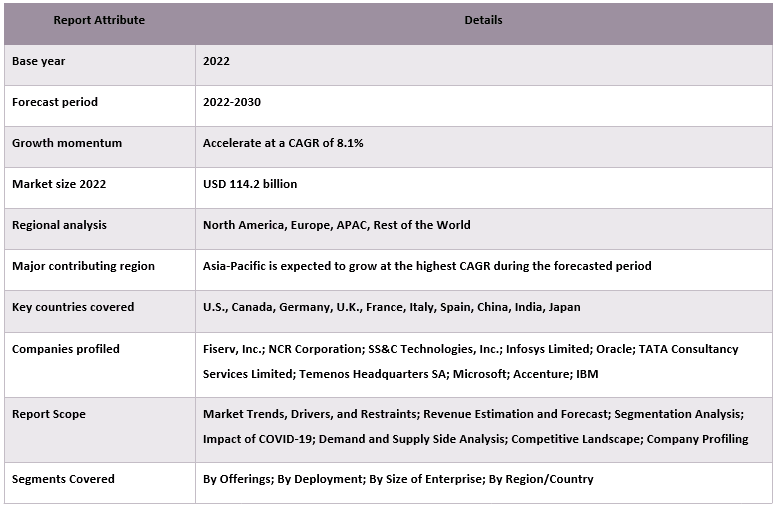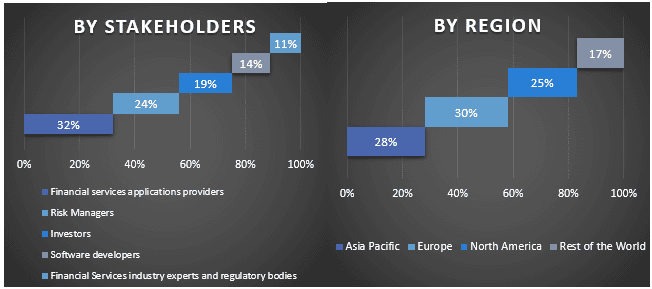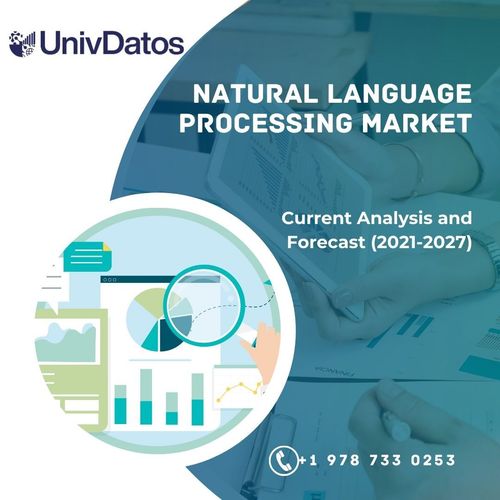Financial Services Application Software Market: Current Analysis and Forecast (2022-2030)
Emphasis on Offerings (Software and Services); Deployment (Cloud and On-Premises); Size of Enterprise (Small and Medium Enterprises and Large Enterprises); and Region/Country

The Financial Services Application Software Market was valued at USD 114.2 billion in the year 2022 and is expected to grow at a strong CAGR of around 8.1% during the forecast period (2023-2030) the prominent growth factors for this market is the escalating demand for secure and seamless digital financial services. The proliferation of smartphones and internet connectivity has revolutionized how individuals and businesses access and manage their finances. This has led financial institutions to invest heavily in software applications that facilitate online banking, digital payments, and personal finance management. Moreover, the increasing emphasis on regulatory compliance and risk management is driving the adoption of specialized software to ensure adherence to stringent financial regulations. As data analytics and artificial intelligence gain prominence, financial institutions are keen on leveraging these technologies through software solutions to gain insights into customer behaviour, detect fraud, and optimize their operations. Overall, the financial services application software market is poised for sustained growth as the financial industry continues its digital transformation journey.
Some of the major players operating in the market include Fiserv, Inc.; NCR Corporation; SS&C Technologies, Inc.; Infosys Limited; Oracle; TATA Consultancy Services Limited; Temenos Headquarters SA; Microsoft; Accenture; IBM Several M&As along with partnerships have been undertaken by these players to facilitate customers with hi-tech and innovative products/technologies.
Insights Presented in the Report
“Amongst deployment, the on-premises category held a significant share in the market in 2022.”
Based on deployment, the market is bifurcated into cloud and on-premises. Among these, the on-premises category held a significant share in the market in 2022. On-premises solutions continue to play a vital role in the financial services application software market. Some financial institutions opt for on-premises deployments due to security and compliance requirements, ensuring full control over data and infrastructure. Furthermore, opportunities lie in providing hybrid solutions that combine the benefits of on-premises, allowing institutions to balance security and innovation. This diverse landscape, accommodating both cloud and on-premises preferences, contributes to the market’s growth by addressing the unique needs and regulatory constraints of financial organizations.
“Amongst technology, the large enterprises category is to witness higher CAGR of the market software during the forecast period.”
Based on size of enterprise the financial services application software market has been classified into small and medium enterprises (SMEs) and large enterprises. The large enterprises category is to witness higher CAGR of the market software during the forecast period. Large enterprises leverage advanced software for complex financial operations, risk management, and compliance, driving demand for sophisticated, scalable solutions. Moreover, rising digitalization, the need for real-time analytics, and regulatory compliance requirements, offering opportunities for innovative financial software providers.
“APAC is expected to grow at a fastest CAGR during the forecast period.”
The financial services application software market in the APAC region has been propelled by a unique set of growth drivers. APAC is home to some of the world’s fastest-growing economies, and the burgeoning middle class has led to a surge in demand for financial services, including banking, insurance, and investment. This demographic shift, coupled with the widespread adoption of smartphones and internet connectivity, has created an ideal environment for fintech innovation. Additionally, governments in many APAC countries have actively supported the fintech sector through regulatory reforms and initiatives, further fostering the growth of financial software applications.
Financial Services Application Software Market Report Coverage

Reasons to buy this report:
- The study includes market sizing and forecasting analysis validated by authenticated key industry experts.
- The report presents a quick review of overall industry performance at one glance.
- The report covers an in-depth analysis of prominent industry peers with a primary focus on key business financials, product portfolios, expansion strategies, and recent developments.
- Detailed examination of drivers, restraints, key trends, and opportunities prevailing in the industry.
- The study comprehensively covers the market across different segments.
- Deep dive regional level analysis of the industry.
Customization Options:
The global financial services application software market can further be customized as per the requirement or any other market segment. Besides this, UMI understands that you may have your own business needs, hence feel free to contact us to get a report that completely suits your requirements.
Table of Contents
Research Methodology for the Financial Services Application Software Market Analysis (2023-2030)
Analyzing the historical market, estimating the current market, and forecasting the future market of the global Financial Services Application Software Market were the three major steps undertaken to create and analyze the adoption of Financial Services Application Software in major regions globally. Exhaustive secondary research was conducted to collect the historical market numbers and estimate the current market size. Secondly, to validate these insights, numerous findings and assumptions were taken into consideration. Moreover, exhaustive primary interviews were also conducted, with industry experts across the value chain of the global Financial Services Application Software Market. Post assumption and validation of market numbers through primary interviews, we employed a top-down/bottom-up approach to forecasting the complete market size. Thereafter, market breakdown and data triangulation methods were adopted to estimate and analyze the market size of segments and sub-segments of the industry pertains to. Detailed methodology is explained below:
Analysis of Historical Market Size
Step 1: In-Depth Study of Secondary Sources:
Detail secondary study was conducted to obtain the historical market size of the Financial Services Application Software Market through company internal sources such as annual reports & financial statements, performance presentations, press releases, etc., and external sources including journals, news & articles, government publications, competitor publications, sector reports, third-party database, and other credible publications.
Step 2: Market Segmentation:
After obtaining the historical market size of the Financial Services Application Software Market, we conducted a detailed secondary analysis to gather historical market insights and share for different segments & sub-segments for major regions. Major segments are included in the report as Offerings, Deployment, Size of Enterprise. Further country-level analyses were conducted to evaluate the overall adoption of testing models in that region.
Step 3: Factor Analysis:
After acquiring the historical market size of different segments and sub-segments, we conducted a detailed factor analysis to estimate the current market size of the Financial Services Application Software Market. Further, we conducted factor analysis using dependent and independent variables such as offerings, deployment, size of enterprise of the financial services application software market. A thorough analysis was conducted for demand and supply-side scenarios considering top partnerships, mergers and acquisitions, business expansion, and product launches in the Financial Services Application Software Market sector across the globe.
Current Market Size Estimate & Forecast
Current Market Sizing: Based on actionable insights from the above 3 steps, we arrived at the current market size, key players in the global Financial Services Application Software Market, and market shares of the segments. All the required percentage shares split, and market breakdowns were determined using the above-mentioned secondary approach and were verified through primary interviews.
Estimation & Forecasting: For market estimation and forecast, weights were assigned to different factors including drivers & trends, restraints, and opportunities available for the stakeholders. After analyzing these factors, relevant forecasting techniques i.e., the top-down/bottom-up approach were applied to arrive at the market forecast for 2030 for different segments and sub-segments across the major markets globally. The research methodology adopted to estimate the market size encompasses:
- The industry’s market size, in terms of revenue (USD) and the adoption rate of the Financial Services Application Software Market across the major markets domestically
- All percentage shares, splits, and breakdowns of market segments and sub-segments
- Key players in the global Financial Services Application Software Market in terms of products offered. Also, the growth strategies adopted by these players to compete in the fast-growing market
Market Size and Share Validation
Primary Research: In-depth interviews were conducted with the Key Opinion Leaders (KOLs) including Top Level Executives (CXO/VPs, Sales Head, Marketing Head, Operational Head, Regional Head, Country Head, etc.) across major regions. Primary research findings were then summarized, and statistical analysis was performed to prove the stated hypothesis. Inputs from primary research were consolidated with secondary findings, hence turning information into actionable insights.
Split of Primary Participants in Different Regions

Market Engineering
The data triangulation technique was employed to complete the overall market estimation and to arrive at precise statistical numbers for each segment and sub-segment of the global Financial Services Application Software Market. data was split into several segments & sub-segments post studying various parameters and trends in the areas of the Offerings, Deployment, Size of Enterprise in the global Financial Services Application Software Market.
The main objective of the Global Financial Services Application Software Market Study
The current & future market trends of the global Financial Services Application Software Market were pinpointed in the study. Investors can gain strategic insights to base their discretion for investments on the qualitative and quantitative analysis performed in the study. Current and future market trends determined the overall attractiveness of the market at a regional level, providing a platform for the industrial participant to exploit the untapped market to benefit from a first-mover advantage. Other quantitative goals of the studies include:
- Analyze the current and forecast market size of the Financial Services Application Software Market in terms of value (USD). Also, analyze the current and forecast market size of different segments and sub-segments.
- Segments in the study include areas of the Offerings, Deployment, Size of Enterprise
- Define and analysis of the regulatory framework for the Financial Services Application Software
- Analyze the value chain involved with the presence of various intermediaries, along with analyzing customer and competitor behaviors of the industry.
- Analyze the current and forecast market size of the Financial Services Application Software Market for the major region.
- Major countries of regions studied in the report include Asia Pacific, Europe, North America, and the Rest of the World
- Company profiles of the Financial Services Application Software Market and the growth strategies adopted by the market players to sustain in the fast-growing market.
- Deep dive regional level analysis of the industry
Related Reports
Customers who bought this item also bought










